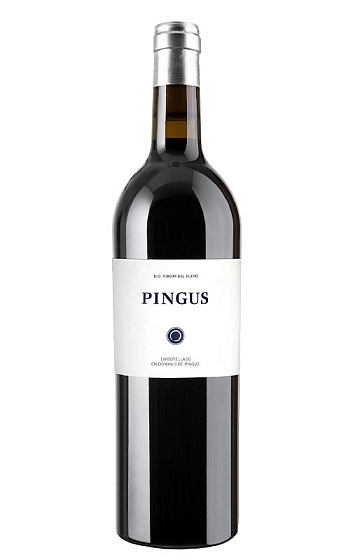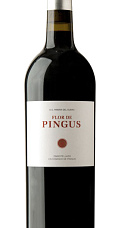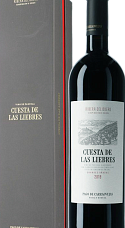Pingus 2021
Descripción
Todo un mito, no solo de Ribera del Duero, sino también del vino español. El tinto que lleva como nombre el apodo de la infancia de su creador, el danés Peter Sisseck, suma con esta 2021 seis añadas distinguidas con 100 puntos Parker, máxima valoración que, además de The Wine Advocate, también le han otorgado la Guía Peñín y James Suckling. La perfección líquida en una lección sublime de elegancia y potencia llamada a perdurar largamente en el tiempo.
Ficha técnica
Cata
Viñedo y elaboración
Opinión de los críticos
Sisseck believes the texture of the 2021 Pingus is the finest he has achieved since the beginning and something that the Tempranillo does very well. There is a chalky feeling, which is not surprising, because the mother rock is pure limestone—even if some plots (Barroso) have more clay on top, deeper down is hard limestone and some sandstone. There is a sense of harmony and purity that I see in most of the 2021s. There's more depth, more concentration and more tannin here, and it's a wine for the very long haul; it's very, very young, but it's super harmonious and balanced. There's energy, clout and power but with great finesse. They have learned to control the extraction, and all of the grapes fermented with indigenous yeasts (each plot ferments on its own, there's no pied de cuve or anything); they are very careful to decide the moment they press, tasting a lot with a lot of precision, getting samples and sitting down to taste every day after the wine has fermented dry. He fermented the wine with some 30% of the clusters, which are selected at the sorting table when they see a perfect bunch. When they have full clusters, they have to do a delicate pigeage (not the case in 2022, but he used some in 2023). This is a super elegant and powerful Pingus that should age for a very, very long time in bottle. It very much follows the style of the years I like the most: 1996, 2016 and 2018. 7,974 bottles were filled in June 2023.
Violets, flint, graphite, dark chocolate, ink pot, and hints of herbs such as tarragon. Black truffles. Tar and hints of sandalwood. Black tea. Medium-bodied with very linear tannins that are tight and polished with fine silky texture. It’s endless and seamless. Profound and deep. Super structure and balance. This needs six or eight years of bottle age at least.
The latest in a series of brilliant releases from Peter Sisseck, this world-famous wine uses grapes from two old-vine plots in La Horra - Barroso (three hectares) and San Cristóbal (one hectare) - located between 800 and 837 metres. Engagingly elegant and refined, this has plenty of underlying concentration, ethereal aromas of violet and aromatic spices, palate-coating texture, plum and black cherry fruit and a chalky freshness on the finish. 2026-40.













Añadas: 2021 2020 2018 2017
Esta añada no tiene valoraciones todavía. Pincha en las otras añadas para ver sus valoraciones.
Esta añada no tiene valoraciones todavía. Pincha en las otras añadas para ver sus valoraciones.
Esta añada no tiene valoraciones todavía. Pincha en las otras añadas para ver sus valoraciones.
Esta añada no tiene valoraciones todavía. Pincha en las otras añadas para ver sus valoraciones.